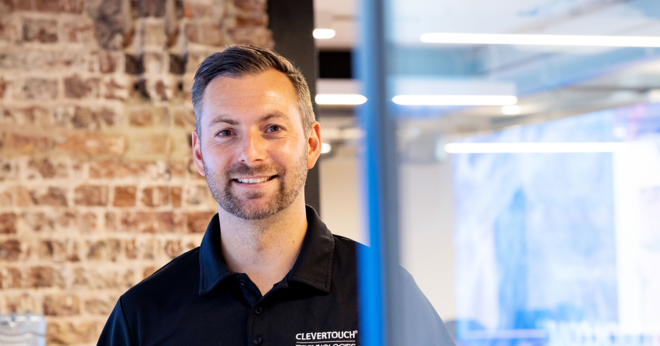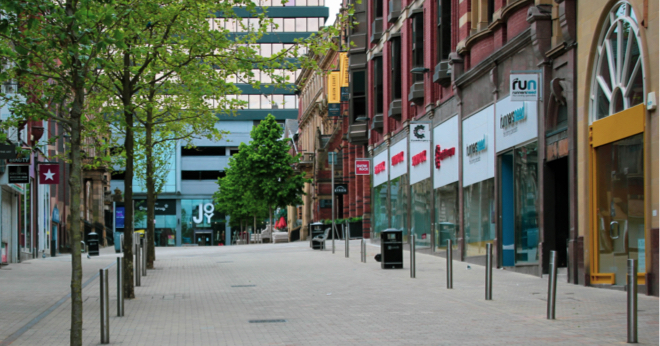Nick, how have you seen attitudes to LED walls changing in recent years?
A few years ago, LED walls were solely used for large scale installations and high end corporate office spaces. Throughout the second half of 2022, I have noticed an increase in the number of enquiries coming from colleges and universities on how LED walls can work for their organisations.
What do you think is the reason behind this shift?
Quite simply, it comes down to cost, which has drastically reduced in the past twelve months. Universities are seeing that an LED wall can be much more cost-effective than more traditional lecture hall options such as projector and screen.
Where are universities considering installing LED screens, and how will they work with existing technology in those spaces?
Larger lecture theatres and auditoriums are the number one application for LED walls in universities and colleges. They are replacing projector/screen combinations, as the picture quality is sharper, the connectivity is better, and there are more options for student collaboration and participation. Plus when you factor in cost of ownership/ maintenance costs, LED is becoming an attractive option.
We are also seeing potential for LED walls to be used in Reception Areas, Student Union spaces, Esports arenas and immersive rooms, in a number of configurations..
What are the benefits of LED over traditional lecture theatre solutions?
Maintenance and downtime are key factors when designing a lecture theatre solution, as the space is in use almost constantly, so minimal downtime is important. The modular nature of LED means parts can be replaced quickly and easily, minimising disruption.
Long term, maintenance is more cost efficient and easier than projector based solutions.
Another benefit to the modular LED system is that it can be used for tricky spaces. Many older universities have awkwardly shaped rooms, or restrictions with the AV installation. With LED walls, you can go high or wide and create the exact ratio for your space.
What’s the ideal pixel pitch?
It all depends on the application, size of display and distance content is to be viewed. Big displays with a larger pixel pitch suit distance viewing, but in a lecture theatre where you may need to see detail, a smaller pixel pitch is best, typically 1.2-1.5 suits most applications.
CleverWall from Clevertouch Technologies
Whilst researching the above, Clevertouch has identified a growing need in the market for large format LED screens in Higher Education Institutions and have now launched their LED solution CleverWall. This allows us to create custom solutions for our University customers which include software they are familiar with such as CleverLive digital signage and multi-device sharing built-in.
Our CleverWall solution works seamlessly with CleverLive, our Digital Signage platform - So content can be sent to all areas of our digital ecosystem, whether it be the the large LED wall in reception or the lecture theatre, the interactive displays in the teaching areas, or on the room booking panels outside the teaching/meeting space. Content can be synced easily and at scale. More information here
Screen sharing and remote annotating also come included with the CleverWall, allowing both lecturers and students to easily interact with the screen without wires.
Find out more about CleverWall

